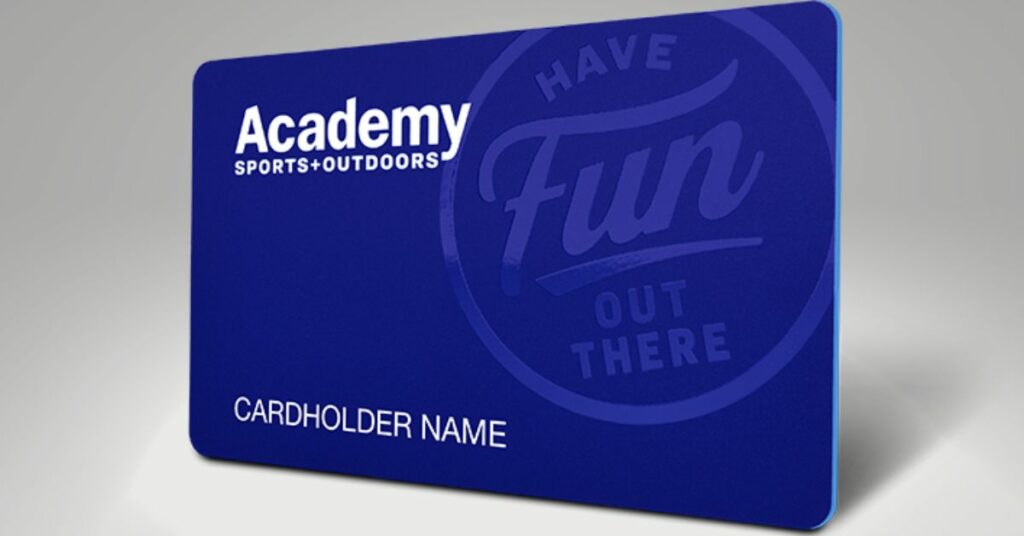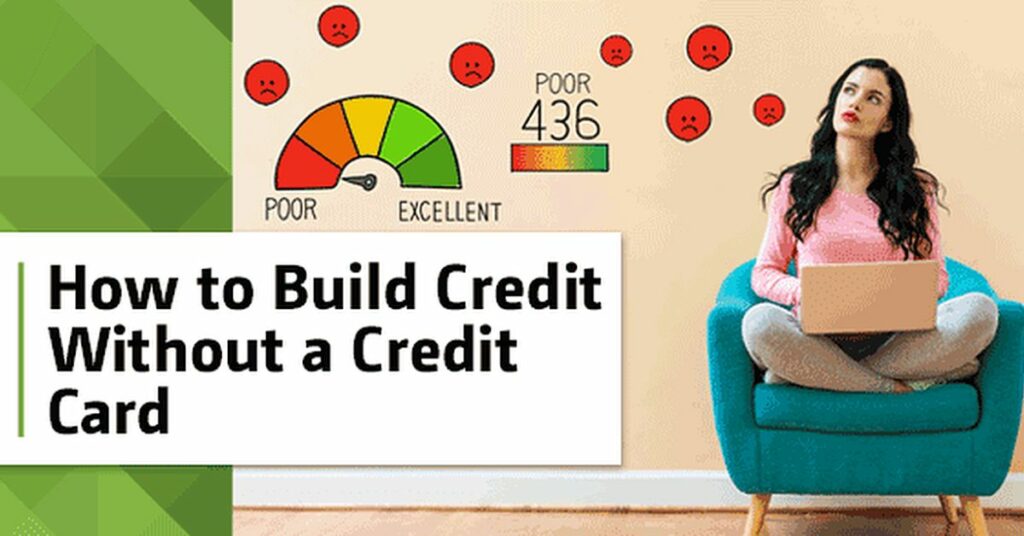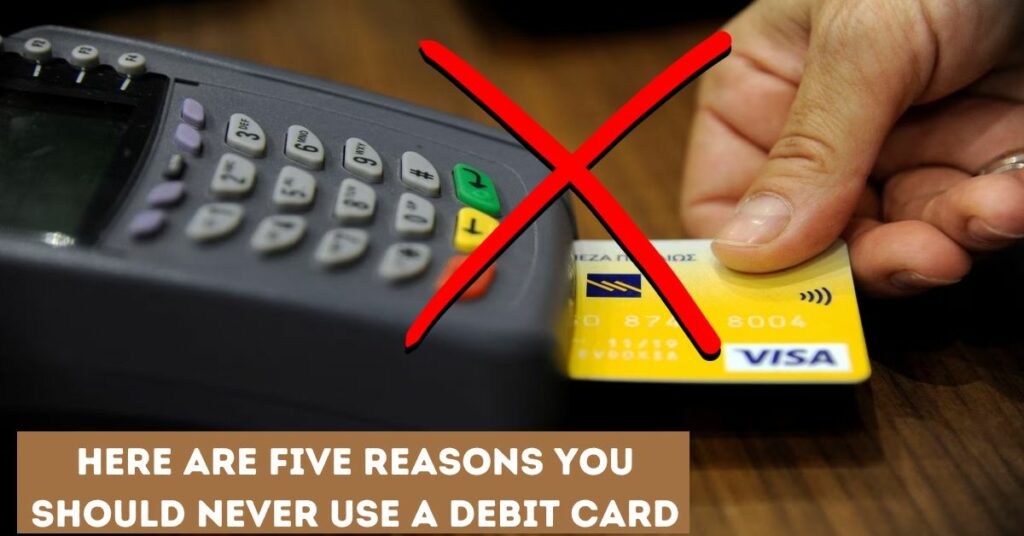When you receive a check, it’s important to verify that it’s legitimate. This can help protect you from scams and prevent losses due to canceled checks. Here are some steps to follow to get the answer to your questions like, “How and Where can I cash a check?”
Verifying a Check
To verify that you have the correct check, examine the date and amount. If it’s been altered, you’ll need to contact your bank to find out why.
After verifying that the check is real, you’ll need to sometimes fill in missing information on a form before cashing it. This may include:
- The signature—some checks at banks require the signatures of two people (the signer and an authorized person). Other banks require only one signature on their checks, so be sure to call ahead or look up online if there are any doubts about this step;
- The bank name—make sure it matches what’s printed on your check;
- The routing number—this helps direct money from your account; and
- The account number—to make sure that no unauthorized access has taken place.
Check Signatures
Signatures should match the name on the check. If you’re not sure, ask for identification and compare it with what’s on your receipt: if it doesn’t match up, ask for a different form of payment or don’t accept the check at all.
Lastly, look at how neat each signature is compared to other parts of their handwriting; if they’re sloppy when writing out their name but impeccably neat when signing off on their checks, there’s probably something fishy going on here.
Checking for Alterations
A check can be altered in a number of ways, including changing the amount written on it, changing the payee’s name and address, or even forging someone’s signature. According to the experts at SoFi, “If you suspect that your check has been altered in any way, contact your bank immediately to discuss the next steps.”
You should also check for forged signatures. This includes not only handwritten signatures but also computer-generated ones as well.
Cash the Check in Person
The check should be made out to you and not the company. The check must be signed by a person who has the authority to write checks on behalf of the company, and it should contain your name as written on your ID. If you’re using a pseudonym, your legal name needs to appear somewhere on the check, too (such as being printed at the bottom), so that it’s clear which name matches your ID when cashing it.
Deposit the Check at a Bank
- Go to a bank that you have an account with.
- Bring identification, such as a driver’s license or passport.
- Bring the check and the deposit slip from your account.
- Ask at the teller window if you can cash the check—sometimes, there are restrictions on how much cash can be withdrawn per day, so it never hurts to ask first! If they say yes, they will make sure that your account has enough money in it before cashing out any checks deposited into your account by others.
In summary, there are four steps to follow when cashing a check. The person who wrote the check will need to present identification and fill out the back of their check with their name, address and phone number. The payee needs to provide identification as well and will be asked for their Social Security number or driver’s license number if they don’t have any other form of ID available. If all goes well, you should have your money in hand in about ten minutes or less!




